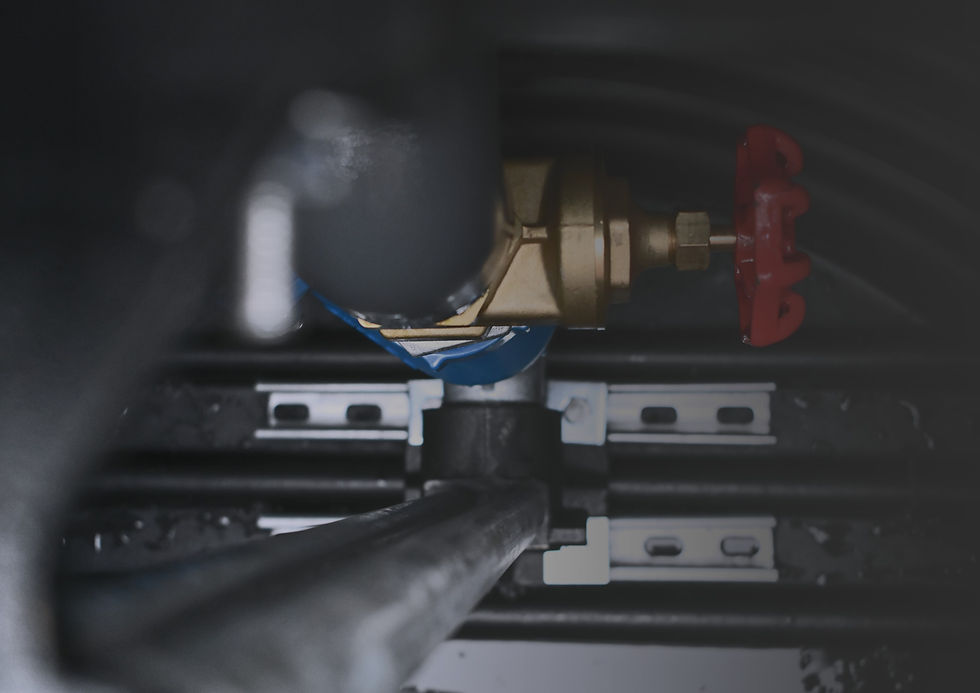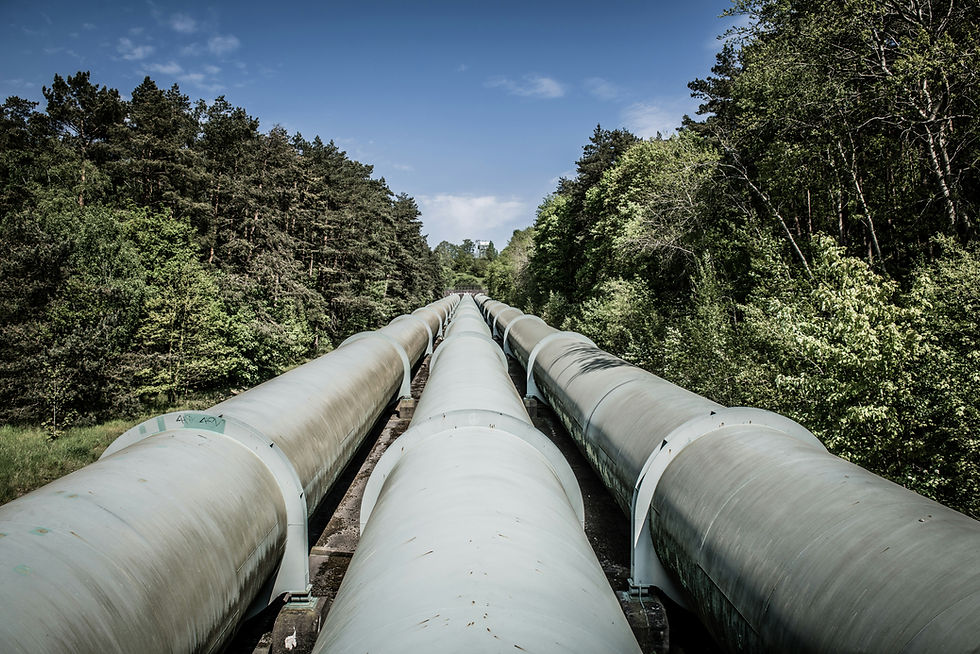How do I select the right pumping station?
- matthewgulley6
- Nov 1, 2023
- 4 min read

What is a pumping station?
Pump stations can be broadly categorized into two main types: surface water and sewage stations. Typically, these pumping stations consist of chambers housing automatic pumps that facilitate the transfer of water from lower elevations to higher mains drainage systems when gravity flow is not a feasible option.
Surface water stations are engineered to handle water without suspended particles or solids, such as rainwater or the runoff from basement conversions. In contrast, sewage stations are purpose-built to manage solid sewage waste.
Terminology
Here's a list of key terms that you are likely to encounter when making decisions about a pump station:
Head – Refers to the vertical lift from the chamber's bottom to the sewer.
Rising Main – Designates the primary pipe connecting the tank to the sewer.
Solids Handling – Describes the pump's capacity to manage suspended particles in the water.
Flow Rate – Signifies the volume of water passing through the pump in liters per second.
Frictional Losses – Denotes the forces acting on the fluid over a specified distance.
Self-Cleansing Velocity – Indicates the waste velocity required to prevent sediment being deposited inside the rising main
Pumping Station Build Terminology
Here's a list of key terms that you are likely to encounter relating to the build of the pumping station:
Chamber - Refers to where the waste water is deposited prior to being pump containing the pumps and valves unless valve chamber is separate.
Control Panel - Refers to the control box to which the pumps are float switches are connected to control the pumps running and alarm system.
Kiosk - Refers to a large metal exterior cabinet often nearby to the pumping station chamber housing the control and fitted with a flashing beacon to warn of system fault.
Cable Ducts - Refers to the ducts that run between the chamber and kiosk/control panel used to contain the wires supplying power and connection for controlling the pumps running.
What is a sump pump?
Sump pumps are generally automatic electric pumps positioned within chambers, serving the purpose of transferring collected water from the pump station chamber to the mains drainage system.
Water booster pumps come in various sizes and configurations, ranging from single pump systems that neatly fit in washrooms, attics, and cellars to larger triple pump systems tailored for commercial or industrial applications. With the multitude of options available in the market, selecting the right unit for your specific application can be a rather daunting task. Before delving into the process of choosing a water booster pump, it's essential to comprehend the causes of low water pressure in your home and gain insight into how a booster pump functions.
How do I determine a pump stations performance?
Every pump operates at its best when functioning at the center of the pump curve. Although a sample curve is provided below, it is imperative to consult the technical specifications of your specific pump for precise details regarding pump curves.
Duty Standby
In ensuring the readiness of a sewage pumping station for uninterrupted 24-hour service in properties with round-the-clock usage, a standard practice is to allocate 150 liters per person per day. For residential properties, the calculation typically centers around the number of bedrooms, where the first bedroom is counted as housing two people.
For example, a 4-bedroom house is regarded as accommodating 5 people (with the first room representing 2 people). To maintain a duty stand-by, a minimum chamber capacity of 750 liters is required. On the other hand, for facilities like offices or classrooms utilized during daytime hours only, the daily requirement is reduced to 50 liters per person. So, for an office with 30 individuals, a chamber with a capacity of 1,500 liters is necessary.
When it comes to visitor storage, a provision of 5 liters per person is generally applied. For instance, a restaurant with 8 staff members and 100 daily visitors would demand storage capacity totaling 8 x 50 liters and 100 x 5 liters, amounting to 900 liters.
Pump Types
Various pump types cater to specific needs:
Sump Pump: Engineered for the task of handling water that cannot be naturally drained by gravity. Applications include basement sumps, car parks, rainwater harvesting, manholes, and low-lying areas.
Effluent Pump: Designed to handle wastewater containing small solids no more than 15mm in size.
Sewage Pump: Tailored for the challenge of managing wastewater from commercial and residential properties. They are unable to handle sanitary products.
Sizing Pumps
Proper pump sizing involves considering several key factors:
Pump Lift: This refers to the vertical lift (dynamic head) that the pump must achieve, measured from the pump's outlet to the highest point within the discharge pipe.
Horizontal Run: The distance the liquid must travel horizontally within the pump. This aspect should be factored in when assessing the overall pump performance.
Pipe Size: The size of the pump discharge dictates the required pipe size. Utilizing a pipe smaller than the pump discharge size can lead to friction loss and increased back pressure on the pump, affecting its performance.
Discharge Flow Rate: It is essential to determine the discharge flow rate. An undersized pump basin can lead to more frequent pump operation, potentially impacting the pump's lifespan.
Efficiency: Every pump has a peak efficiency relating to head vs flow rate. The closer to this efficiency the pump runs, the greater its life span.
What do I have to consider when specifying a pumping station?
Building Type
Occupancy Levels
Depth of invert
Total pump lift
Overall pump distance
Pump flow (at the final discharge point)
Chamber storage capacity
Compliance with building regulations (refer to the pumping station sizing guide)
Please note that where this offers overall guidance, every individual pumping station design is different and tailored to meet specification and compliance standard. If you need technical design assistance, please reach out to our team at sales@pump.net or 0118 9866 101.
.png)


Comments